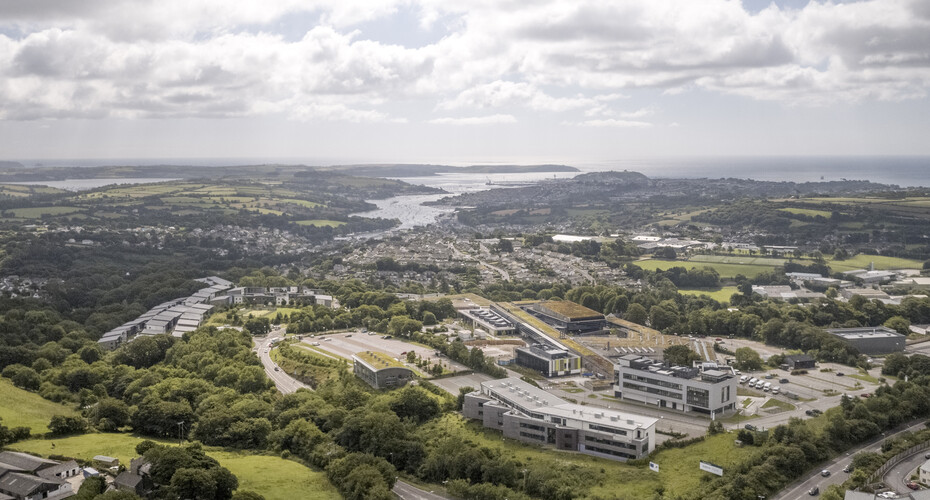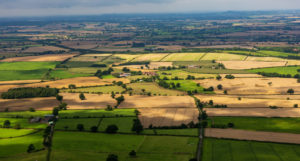Scientists make breakthrough in causes behind one of the most significant climate catastrophes

Scientists have made a crucial breakthrough in the quest to solve one of the most significant climate catastrophes on record.
A team of researchers from the University of Exeter have shone fresh light on the causes of ‘Oceanic Anoxic Event 2’ – which saw severe global warming and ocean acidification across the Earth around 94 million years ago.
Termed ‘Oceanic Anoxic Event 2’, the episode marked one of the most significant climate catastrophes in the geological record, causing extinctions in the oceans and on land.
Anoxic events are prolonged period where large expanses of the Earth’s oceans are depleted of dissolved oxygen – which creates toxic waters – and leads to mass extinction and habitat loss.
The cause of this anoxic event – which lasted >500,000 years – has been a source of debate amongst experts.
However, the team of researchers have shown that mass volcanism was the likely trigger, fingerprinting the source to a vast oceanic plateau underling the remote Kerguelen Islands.
For the new study, the researchers analysed geochemical and micropalaeontological data collected from ocean sediment cores in the Mentelle Basin, located offshore of Western Australia, collected by the International Ocean Discovery Program.
They found that the sediment cores showed clear evidence of sedimentary mercury – that signified a series of significant “pulses” of intense mass volcanism in the lead up to, and during, the main phase of the anoxic event.
Furthermore, radiogenic isotopes of neodymium and strontium show that the Kerguelen Plateau, which was much closer to the Mentelle Basin in the Cretaceous period, was uplifted as part of the volcanic activity.
The research team suggest that severe volcanic events would have led to an explosion of carbon dioxide being released – which would be instrumental in warming the climate and causing ocean acidification.
They believe that this phenomenon is the key reason for the anoxic event, and what forced Earth towards a tipping point of moving to a ‘hothouse world’ at the time.
The research is published in Nature Communications.
Chloe Walker-Trivett, who led the research while carrying out her PhD studies at the Camborne School of Mines at the University of Exeter’s Penryn Campus said: “Despite OAE 2 being really well studied, up until now most research has focused on the northern hemisphere, leading to a rather one-sided view of the event.
“Our southern hemisphere study-site offshore southwest Australia was at a high southern latitude (~60 degrees south) during the mid-Cretaceous, when OAE 2 occurred, and has given us a totally new viewpoint, and pinpointing Kerguelen volcanism as the likely trigger.”
Sev Kender, from the University of Exeter and co-author of the study added: “Detecting the timing of mass volcanism in the geological past is challenging, but crucial if we are to use past rapid global warming events as a possible analogue for future climate change.
“Our key innovation was to combine the novel mercury proxy for volcanic eruptions, with radiogenic neodymium and strontium isotopes that determine the sources of eroded rocks into the ocean basin.
“The increasing quantity of eroded material from a volcanic source showed that the nearby Kerguelen Large Igneous Province was being uplifted at the time of active volcanism, rather than a range of other volcanic provinces that have previously been considered as the cause”.
The study, called Oceanic Anoxic Event 2 triggered by Kerguelen volcanism is published here



